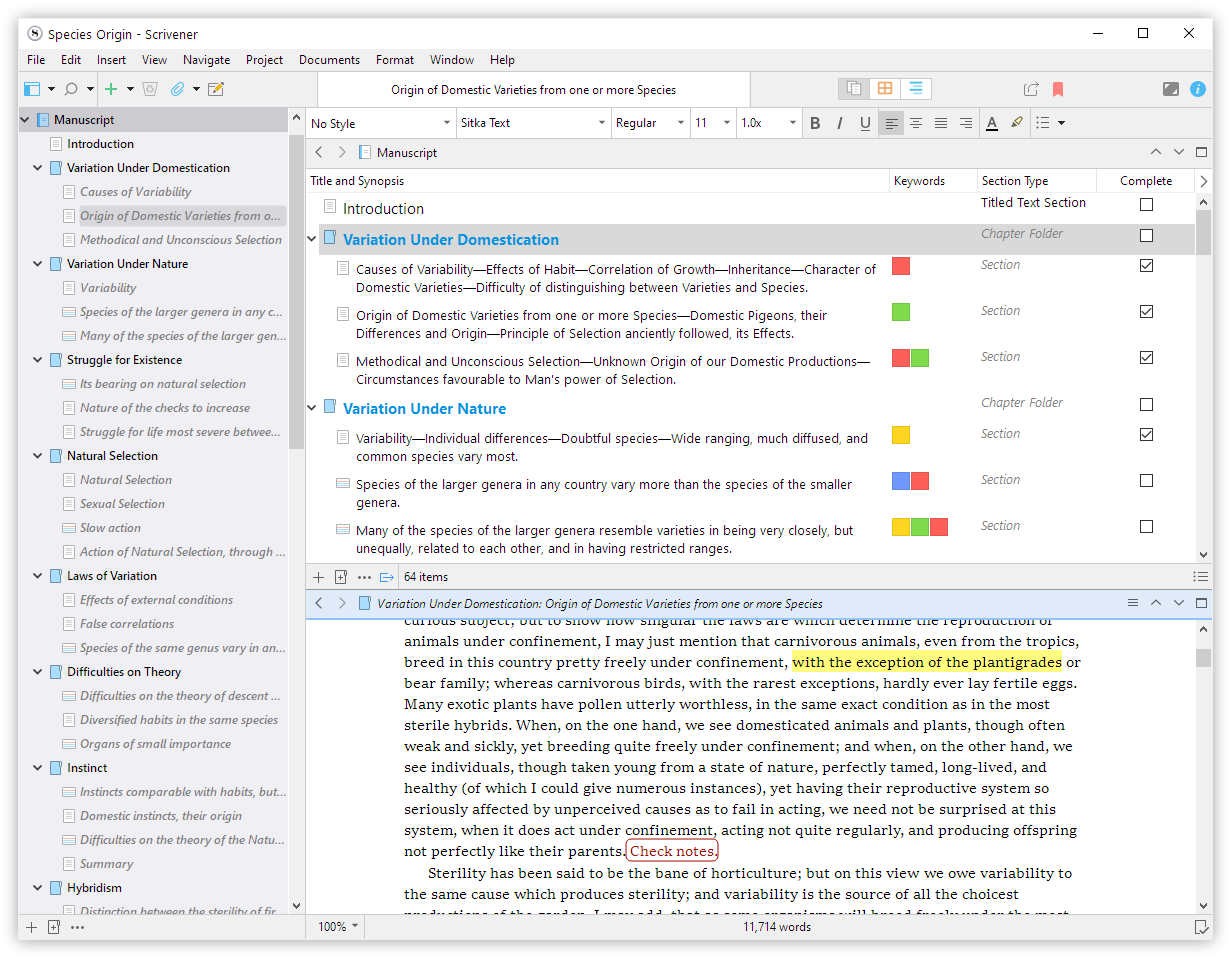
Make sure you title them the way you want them to be titled in the exported file. If you have written your book in Scrivener, you’ll just need to clean it up a little bit in order to compile it as an ebook.Īs for back matter (such as an epilogue, glossary of terms, a quick note about your other books, etc.), treat them each as though they are their own chapter and put them at the end of the book. I would recommend you write your book in Scrivener so much of this work will be done already. If you are not a user of Scrivener, this may seem like a lot of work.

Lay out your entire book in your chapters and scenes. It just helps to have labels so you know what’s going on. That description doesn’t need to make it into the book. I would label them with a bit of a description (click on the scene and rename it). When it comes to scenes (called “Text” in Scrivener), if you are using multiple scenes in each chapter with a little divider between each one (such as “* * *”) then lay out your book in your different scenes. If you want a title at the beginning of each chapter (or even a number for each chapter), label the chapter the way you want it to read in the final export of your file. In Scrivener, lay out your book in chapters (called “Folders” in Scrivener) and scenes (called “Text” in Scrivener). There are different ways to do it, but I’ll walk you through a simple way.

It’s fairly simple and, if you do it right, Scrivener produces a nice looking ebook in both ePub and mobi formats.Ī short while ago I blogged on setting up a book in Pressbooks, but here’s an alternative. What I want to cover now is to talk about how to setup your novel ebook with Scrivener in Windows.

I’ve written a couple blogs about this software ( blog 1, blog 2), so I won’t go into it too much today.

It’s such a great program! If you’re a writer, I recommend Scrivener.


 0 kommentar(er)
0 kommentar(er)
